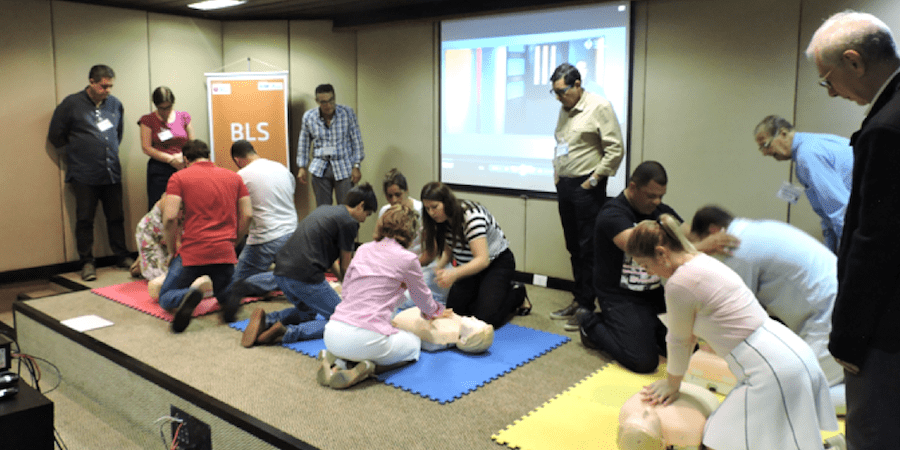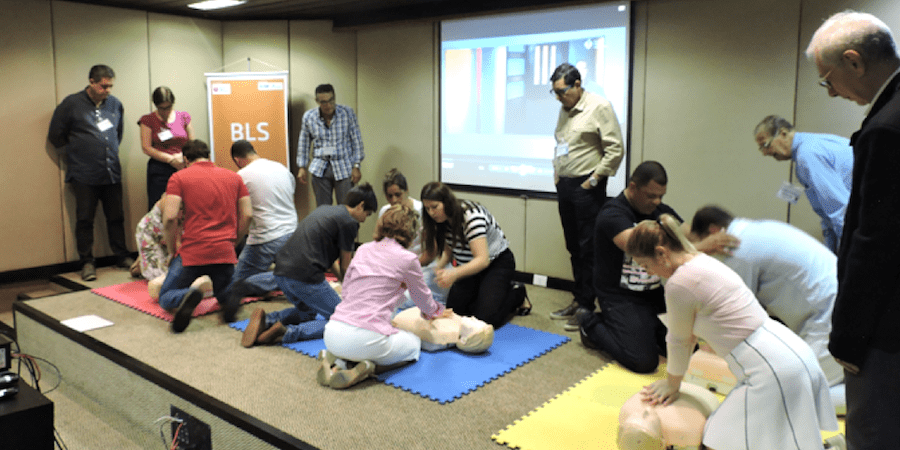
Why implementing fixed production cycles is the answer
FEATURE – Repeating the same patterns of work over six to eight cycles of production generates improvements - based on people, not machines - and facilitates the adoption of lean principles and tools.
Words: Ian Glenday, lean coach and author
Batch logic, or economic order quantities, is the algorithm used in most planning systems. It is based on what is known as "economies of scale" – bigger batches, longer runs, less changeovers, full trucks, etc – that will result, it is believed, in improved performance.
Sadly, this is not the case. Don't get me wrong... there is nothing wrong with economies of scale, so long as you meet one criterion: you have very few products. What we have found in recent years is that, as the products portfolio of an organization grows, it becomes more difficult to balance the conflicting objectives of economies of scale and low finished-goods inventories.
As I mentioned in a previous article, batch logic guarantees a different plan every time that frequently changes, which results in firefighting. Not a good situation for achieving sustainable continuous improvement and standards! The article that followed – How Toyota Created Stability – explained how levelled production is the foundation of TPS. Levelled production consists of a series of steps, the first three being a fixed repeating schedule that is rigorously followed: step 1 twice a month, step 2 weekly, and step 3 daily. For most people, shorter runs with more changeovers would definitely not result in improved performance. It goes against conventional wisdom, informed by the idea of economies of scale and aimed at making the machines more efficient. The objective of levelled production is the creation of an alternative approach to improving performance, based not on machines but on people.
When we have the same repeating schedule over six to eight cycles – what Toyota originally called "patterned production" – three different aspects of typical improvement behaviour naturally appear.
First of all, the "learning curve". When people do the same thing at the same time a number of times, they keep getting better at it – regardless of the improvement tools or techniques they use.
The second aspect is routines. People like routines. Go see for yourself, for example in your organization's cafeteria at lunchtime. Draw a map of where everyone is sitting. Go back the following day at the same time and draw the map again. You'll get practically the same pattern, with most people sitting at the same tables (most of them even at the same seats)! People like the stability, security, and predictability routines bring. They find it stressful if their routines are disturbed. That's one reason why short-term plan changes, or firefighting, demotivate them. Conversely, with routines people will feel less stressed, more relaxed, and motivated. They will also find it easier to see opportunities for further improvements.
The third aspect – and another reason why the same repeating schedule is so important – is the creation of an environment where standardization can flourish. Without standards you cannot generate sustainable improvement, but it is clearly very difficult to establish standard work when your plan changes every week. In a firefighting, traditional environment, the way people cope with this is for every team or person to have their own way of doing things. In a stable environment of fixed repeating cycles, standard work starts to come naturally because when people do the same things in the same sequences they start to agree on the best way to perform a job.
Economies of repetition occur when there are fixed repeating patterns of work over six to eight cycles. They create improvements in performance based on people, not machines – far more than you think possible. They also provide a base from which many other lean techniques and tools can be implemented more easily. For instance, with economies of repetition just-in-time (JIT) deliveries become feasible and problem solving and root-cause analysis easier. SMED is also more effective when the sequence of products remains the same, with changeovers happening more or less at the same time in each cycle.
As John Shook once confirmed to me in an email exchange we had, Toyota recognized economies of repetition, even though it never gave it a name – which is probably one reason why there is no mention of them in most of the literature written about TPS and lean. Toyota used its improvements to support faster and faster cycles, though still with the stability of repetition over six to eight cycles in the first three steps of levelling. Once at daily cycle level, steps four and five are then used to achieve absolute responsiveness to actual demand – what we call "one-piece flow".
Many think that implementing fixed cycles is impossible in their situation, but it is what Toyota did to create stability. You can do it, and the truth is that economies of repetition are crucial in developing a sustainable continuous improvement environment, delivering increased performance and making our people less stressed and more empowered.
But how do you start with fixed, repeating schedules? This will be the topic of my next article.
You can find out more about levelled production in Lean RFS: putting the pieces together.
THE AUTHOR

Read more


INTERVIEW – Looking back at the time he spent at Toyota, Mark Reich reflects on his experience working with Nate Furuta and on his legacy exporting Toyota cultures around the world.



INTERVIEW – A cardiologist from a hospital in Salvador de Bahia explains how his department was completely transformed following the introduction of a dedicated pathway for heart patients.


VIDEO INTERVIEW – This hotel in the Canary Islands is bringing lean to its Kitchen Department, hoping to streamline the process and provide a better service to diners.


CASE STUDY – The implementation of lean in the internal logistics of a pharmaceutical company in Brazil proved key to increasing productivity and quality in the organization.

